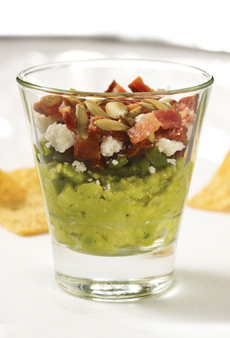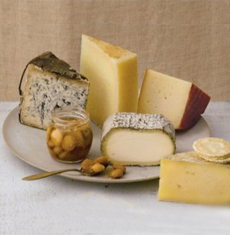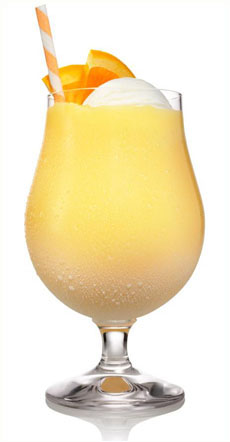
Not hard cider, but apple (pomme) lambic, a
style of Belgian beer. Photo courtesy
Lindemans. |
|
For a country so keen on fruity cocktails, we don’t drink much fruit beer. But summer is the perfect time for it, so plan to have a few before Labor Day.
Fruit beers have been popular for centuries, beginning in Belgium, the country best known for them. Creative brewers there ignored the German Rheinheitsgebot, the “purity law” which specified that beer could only be made with three ingredients: barley, hops and water. (The law dates back to 1516; at the time no one knew that the yeast in the air was involved in the process. Yeast is, of course, the fourth ingredient.)
Belgian lambic styles are produced in popular flavors like cherry (kriek), peach and raspberry. Traditionally, the fruit was fermented with the grain. Modern breweries may use flavored extracts as a shortcut to the finished product (and, not surprisingly, they don’t taste nearly as good). Check the label or online to find those brewed with real fruit.
Today you can also find fruit beers in apple, apricot, banana, black currant, blueberry, strawberry and tangerine. But look for craft brews, as opposed to Bud Light’s Ritas line, flavored beers in Lime, Mango, Strawberry and Raspberry. They’re a different product entirely.
Head to your best beer store and pull together a tasting of fruit beers, both domestic and imported. You may be able to find such tasty brews as:
Éphémère Blackcurrant Fruit Beer from Unibroue of Chambly, Quebec, Canada
Lindemans Pomme [Apple] Lambic, from Brouwerij Lindemans in Vlezenbeek, Belgium
|
|
#9 Not Quite Pale Ale, an apricot fruit beer from Magic Hat Brewing Company of South Burlington, Vermont
Peach Porch Lounger, a saison-style (farmhouse ale) beer from New Belgium Brewing of Fort Collins, Colorado
Raspberry Redemption Belgian-Style Dubbel, from Joseph James Brewing Company in Henderson, Nevada
Samuel Smith Organic Strawberry Fruit Beer, from Melbourn Brothers All Saints Brewery of Stamford, Lincolnshire, England
Smashed Blueberry Fruit Beer, from Shipyard Brewing Company of Portland, Maine
Tangerine Wheat Fruit Beer, from Lost Coast Brewery in Eureka, California
Three Philosophers Quadruple, from Brewery Ommegang of Cooperstown, New York
Wells Banana Bread English Bitter/Fruit Beer, from Wells & Young’s Brewing Company of Bedford, England
HOW TO SERVE FRUIT BEER
Fruit beers can quaffed as a refreshing cold drink, or paired with foods for breakfast, lunch, dinner and dessert. Consider:
Asian chicken salad
Brunch eggs, from a simple frittata to Eggs Benedict
Cheese courses
Chicken, duck or pork dishes made with fruits (apples, apricots, cherries, currants, prunes, etc.)
Dessert—fruit desserts, including pies and tarts; and of course, Belgian waffles
Shellfish—crab, lobster, plat de mer, scallops, shrimp and yesterday’s recipe for Moules Marinières, steamed mussels
Let us know how you enjoy them.
|
|





